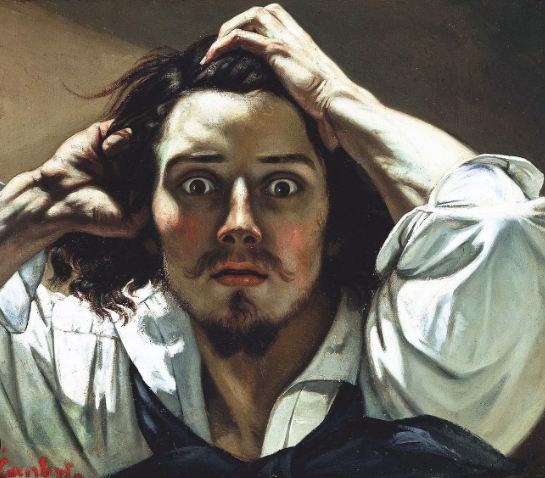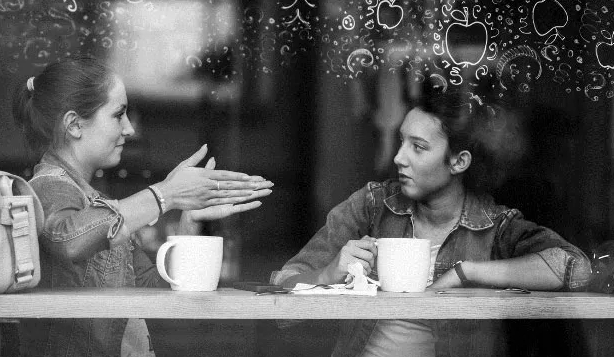The Italian Baroque master Michelangelo Merisi da Caravaggio, known simply as Caravaggio, is famous for his dark and dramatic paintings. In addition to his powerful religious scenes, Caravaggio also left behind a series of self-portraits that offer a unique glimpse into the artist’s inner world.
A Departure from Tradition
Unlike many artists of his time, Caravaggio wasn’t interested in presenting an idealized version of himself in his self-portraits. Instead, he chose to depict himself as he truly was, flaws and all. In these unflinching self-portraits, Caravaggio reveals a raw and honest exploration of his own psyche.
The Mirror of the Soul
One of the most well-known self-portraits by Caravaggio is “Self-Portrait as Bacchus.” In this painting, Caravaggio portrays himself as the Roman god of wine, with a wreath of grapes on his head and a goblet of wine in his hand. This unconventional portrayal hints at Caravaggio’s own rebellious and hedonistic nature.
Another notable self-portrait is “Self-Portrait as Sick Bacchus,” in which Caravaggio depicts himself as the god of wine in a state of intoxication and physical distress. This haunting image is believed to reflect Caravaggio’s struggles with his own inner demons and his eventual descent into madness.
A Glimpse into the Artist’s Soul
Through his self-portraits, Caravaggio invites viewers to peer into the depths of his soul. These enigmatic paintings serve as a window into the artist’s inner turmoil, revealing a complex and conflicted individual who grappled with his own demons while creating some of the most powerful and emotionally charged works of art in history.
In the end, Caravaggio’s self-portraits offer a tantalizing glimpse into the mind of a tormented genius, capturing the essence of a man who was as enigmatic and elusive as his own hauntingly beautiful paintings.



